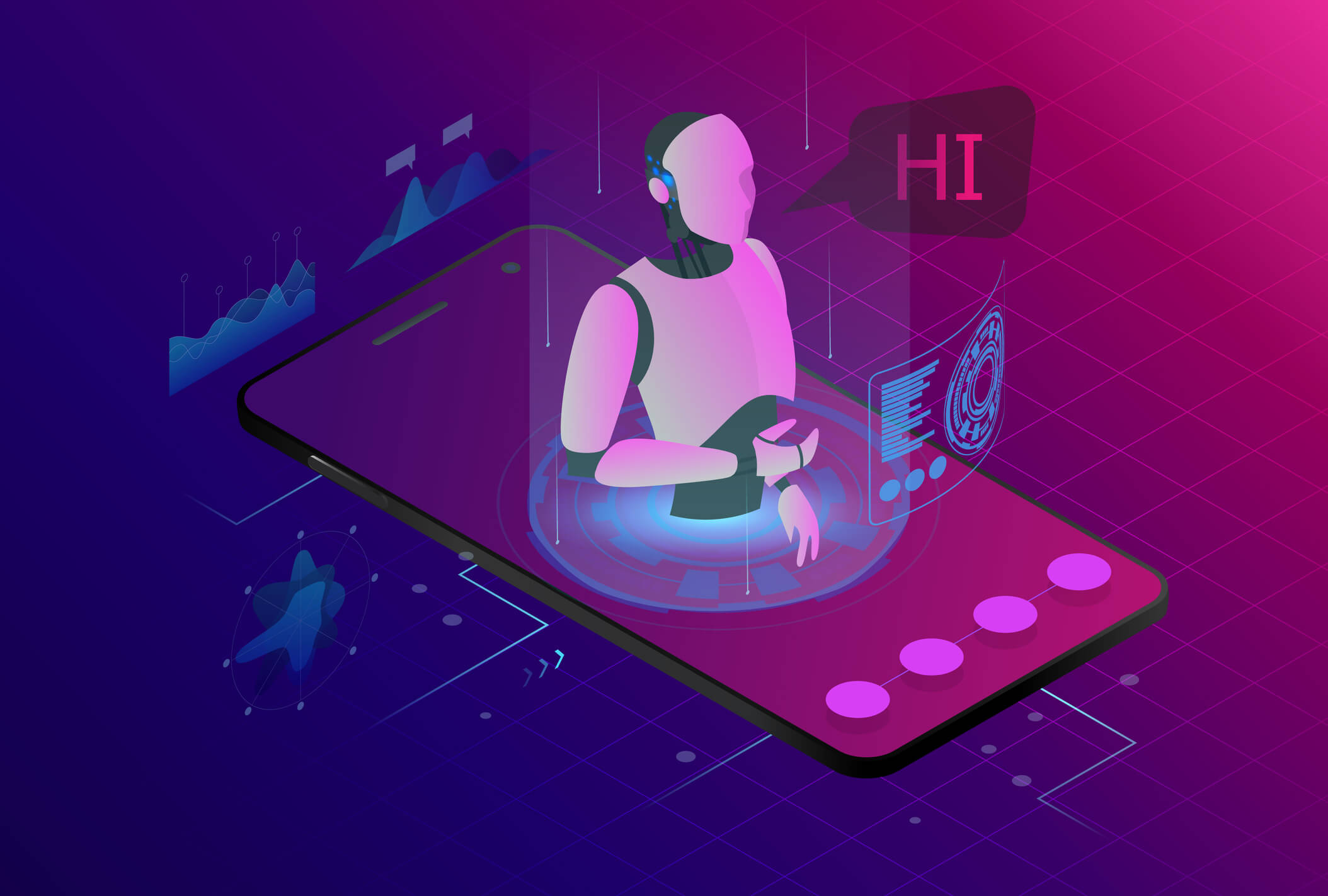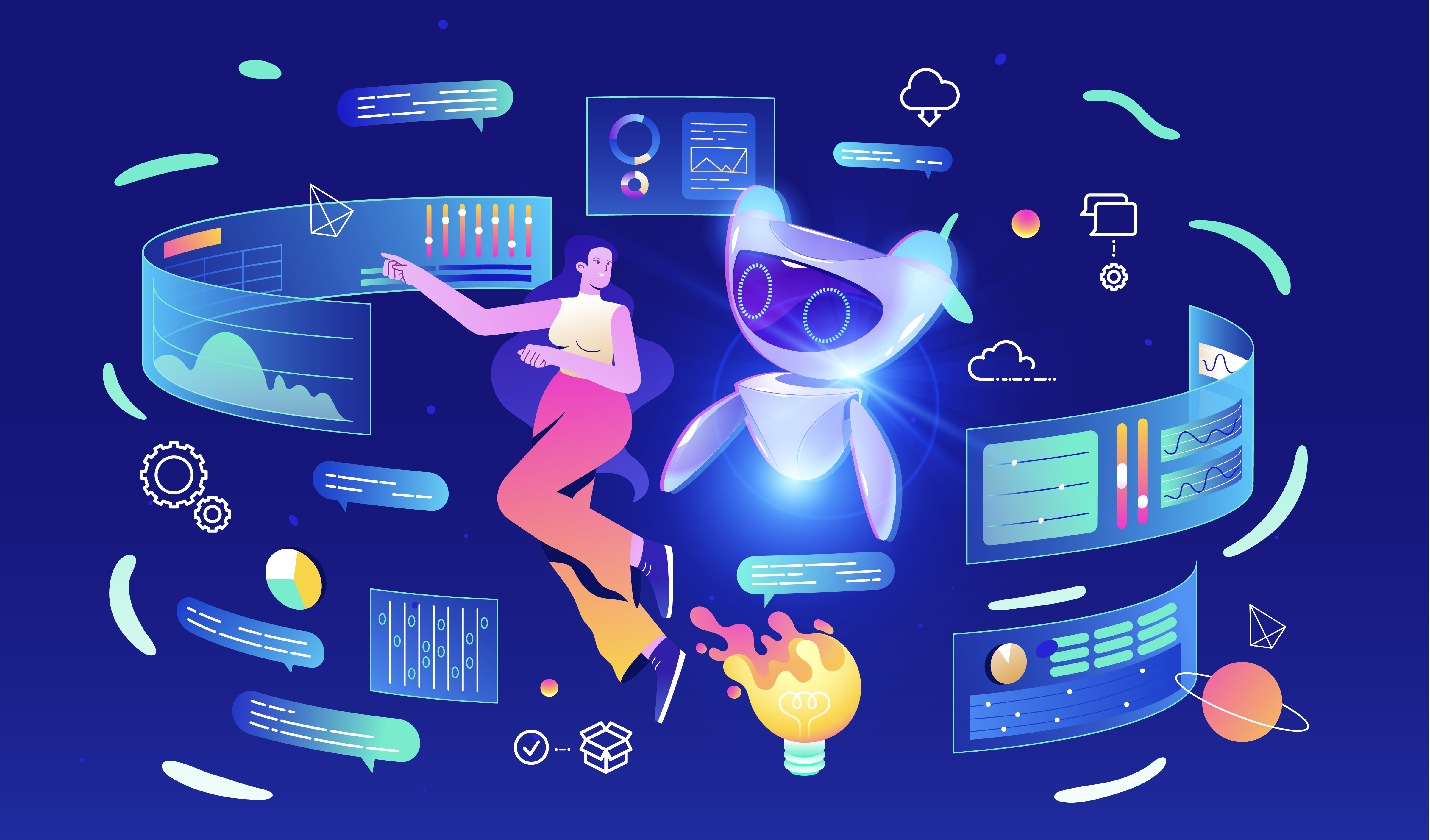6 min read
Marketing automation is a game-changer. By allowing you to execute, manage, and automate marketing tasks and processes, it saves you time, and enables you to nurture leads with more personalized customer engagement to boost your return on investment.
However, while automation is meant to deliver personalization at scale, it can result in generic, impersonal communications devoid of the human touch. So, how can you ensure you reach more customers with personalized messages without losing that human touch?
Why Is Human Touch Still Needed in a High-Tech World
According to a report by P&S Intelligence, spending on marketing automation in the Asia-Pacific region will reach US$7 billion by 2023. Banking, financial services and insurance are the biggest spenders, followed by retail, manufacturing and hospitality.
Some of the most common tasks that automation is used for include email marketing, basic demographic targeting and personalization with dynamic content, such as tailored web and landing pages, social media posts and ad campaigns.
Emails sent out to customers on their birthdays or when they sign up to your newsletter, social adverts that appear in response to recent online activities, and web pages that promote specific products based on past behavior are all examples.
These event- and behavior-triggered messages enabled by automation tools are designed to provide a more personalized experience. However, the irony is that they can result in a loss of personalization by replacing people with machines.
This automated approach to communication has made people increasingly skeptical. Emails, adverts and other artificially-tailored messages are viewed with suspicion, especially if they are not relevant, or are sent out too frequently.
More importantly, automation can take away from the human touch, making touchpoints less sincere, and more predictable and impersonal. It also dilutes those real, organic ‘surprise and delight’ moments that are a necessary ingredient in building relationships and creating great customer experiences.
A recent PwC report on the customer experience found that while people want to interact with brands digitally, they don’t want humans out of the picture entirely. Unfortunately, 59 percent believed that companies focused too much on tech and had lost touch with the human element.
Adding the Human Touch With AI
To make sure that your campaigns and messages delivered by marketing automation tools are more personalized with that human element customers demand, you need to go back to basics and do what successful small businesses generally do better: Get to know your customers on a personal level.
By using an AI-driven customer engagement platform you can learn more about your customers on a deeper level for timely, personalized engagement and, in turn, humanize your efforts. Here is how it is done:
1. Use Cross-Screen Mapping to Identify the Right Opportunity
Customers today typically hop from one device to another on their purchase journey. For example, Nina may browse a flight in the morning on her mobile and then later go on to purchase it on her laptop at night.
Using traditional automation tools, these two actions would be identified as two separate users and therefore you might continue to send her ads or push notifications for the flight even though she had already purchased. This can lead to a fragmented customer experience.
However, AI can help you analyze data on her cross-screen behavior and create a single customer view to help you target her at the right time, on the right device for a more seamless, personalized experience.
2. Discover Interests and Intentions in Real Time
While your own data can tell you what your customers are doing on your channels, it doesn’t tell you the whole story.
By enabling you to leverage data from your own channels as well as external ‘digital footprint’, AI helps you discover more about your customers’ interests and intentions outside of your website and app in real time to boost engagement.
For instance, Nina may have purchased running shoes on your site, but she also viewed yoga mats and props on external websites. This information can help you discover that she might be a yoga practitioner too, so you can make relevant product recommendations to increase share of wallet.
In a different case, she checked out a flight to Sydney on travel site A without purchasing, and she later read a blog article about the best hotels in Beijing and compared a couple of tour packages there on other travel sites. You can then identify that she may be more interested in a trip to Beijing rather than Sydney, and deliver a personalized campaign accordingly.
3. Segment and Target Customers at Scale
Typically targeting customers in automated campaigns is simplistic. If a group of customers show an interest in homewares, they will be sent an email or delivered an ad with these types of products.
However, by combining onsite triggers with external behaviors, demographics and interests, AI you can help you dig deeper to identify more specific keywords that indicate their real interests, such as cushions, lamps and curtains. You can then micro-segment and target similar customers more tightly for increasingly personalized messaging.
4. Choose the Best Channels and Creative Formats Based on Behavior
Everyone has their own preferences when it comes to how they want brands to communicate with them – from email to messaging apps.
By using AI to crunch the data and find out which channels (web push, in-app push notification, EDM, messenger, etc.) people are using the most, as well as what creative formats (GIF, video, carousel, etc.) they respond well based on past interactions, you can tailor and deliver your messages with a much greater impact and visibility.
For example, if Nina has previously responded well to push notifications with ads in a carousel format, you might want to adopt this approach to increase your engagement with her.
By using the AI-driven customer engagement platform such as AIQUA in these ways, you can take your marketing automation efforts from generic to individual and conversion-generating, bringing back the human touch and delivering more positive customer experiences.
To be truly effective, make sure you combine this with empowering staff to deliver superior service and find opportunities for real human contact.
* Do you want to improve your marketing automation efforts in 2020? Download our latest white paper ‘ The Ultimate Guide to Supercharge Your Marketing Automation With AI ’ for more in-depth insights. Got more questions? We are here to help! Get in touch with our experts today for an exclusive consultation.



